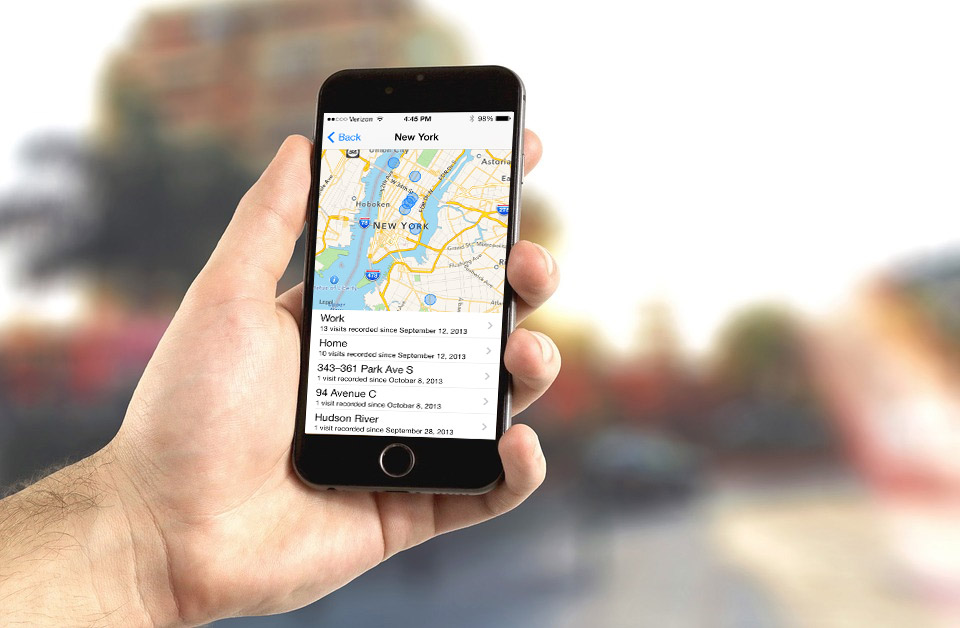

- #Hidden map in iphone how to
- #Hidden map in iphone update
- #Hidden map in iphone verification
- #Hidden map in iphone software
- #Hidden map in iphone series
Go into your Settings and click on "General" and then click on iPhone Storage.

Tap on the app you want to uninstall and delete the app. You will then scroll down to see the list of all the apps installed on your iPhone. Go to Settings and click on General then click on "iPhone Storage".
#Hidden map in iphone how to

Sometimes, you may start a subscription directly on a company's website without using an extra layer of security like Paypal or Apple. Here's how to cancel your WPS Office subscription when billed through a payments provider that is not the Appstore, Playstore or Paypal. What to do if you subscribed directly on WPS Office's website?
#Hidden map in iphone verification
Then click "Done" on the verification page to complete the unsubscription.Click on the "Cancel Automatic Payments" tab to affirm that you want to stop making payments to WPS Office. You will be shown a confirmation page.

#Hidden map in iphone software
Click on "WPS Office" or "KINGSOFT OFFICE SOFTWARE CORPORATION LIMITED" to cancel.
#Hidden map in iphone series
You'll be shown a series of merchants' agreement you've transacted before.Press "Payments" from the menu provided to you and click on "Manage Automatic Payments" in the Automatic Payments dashboard.Click on the settings tab which is beside the logout option.First log into your PayPal account at.To cancel your WPS Office subscription on PayPal, do the following:
#Hidden map in iphone update
Just keep in mind, though, that the secret map tends to be reactivated once a new software update is downloaded and installed.How to Cancel WPS Office Subscription on Paypal. Fortunately, you have the option to turn Frequent Locations off. This is the same issue that has been discovered with satellite navigation devices in cars that enable users to save a home address into their database. Frequent Locations presents tons of risks, especially when a user’s phone connects to the internet. With this, anybody can immediately find your home address and the other places you visited. This is not to mention the possibility of anybody stealing your phone and getting hold of all those information. If your phone is internet-enabled, which it is, then it is quite possible for hackers to get hold of that information remotely. To put it simply, the data cannot be – in one way or another – accessed by other companies or third-party security services.īut there is a catch. And mind you, your phone did this without your knowledge whatsoever.Īpple has already stated in the past that the map exists only on each device. You will be presented with a disturbing amount of data that your device has accumulated about your whereabouts. Call Frequent Locations, the map appears to be automatically enabled for most iPhone users. Just scroll down a bit and you should find Frequent Locations. From there, go straight to Location Services to find System Services. To access the map, you must go to the Settings menu on your phone and scroll through to find the Privacy menu. The map is called Frequent Locations and it appears to be automatically enabled for all iPhone users. Interestingly, the secret feature has been there since the release of iOS 7, which was launched June 2013), and was installed on over 89 percent of devices the following year. The secret map is capable of determining a user’s whereabouts, particularly the locations he/she has frequently visited. This includes the date and time of your visits, the particular locations, and how long you stayed on each location. And yes, you have no idea – until now – at all. But what is perhaps more shocking is the quantity of information your device is collecting from you. This map, however, is something you can actually open. But unbeknownst to you – and all other Apple users – is that this feature is plotting all information it gets on an actual map. It is even capable of recording how often you visit a certain location. The mapping feature in your phone is capable of identifying your whereabouts, i.e.


 0 kommentar(er)
0 kommentar(er)
